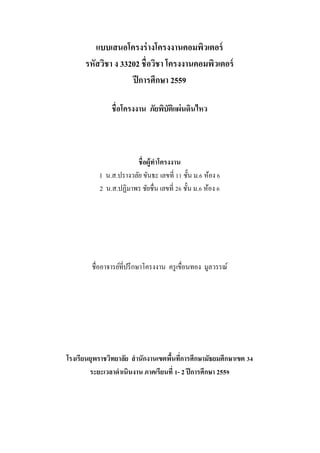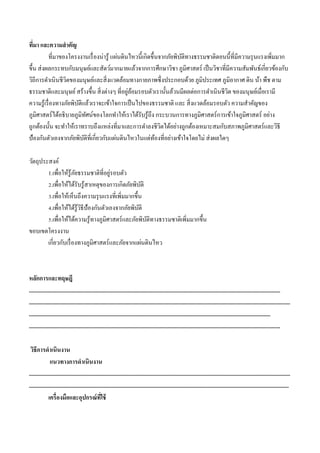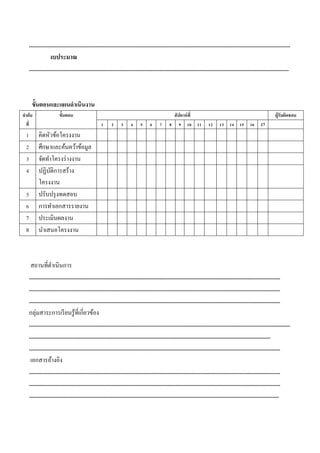?????????????????
- 1. ????????????????????????????????? ???????? ? 33202 ???????? ?????????????????? ?????????? 2559 ??????????? ??????????????????? ???????????????? 1 ?.?.???????? ????? ?????? 11 ???? ?.6 ???? 6 2 ?.?.??????? ??????? ?????? 26 ???? ?.6 ???? 6 ??????????????????????????? ???????????? ???????? ?????????????????????? ??????????????????????????????????????? 34 ????????????????? ??????????? 1- 2 ?????????? 2559
- 2. ????? ???????????? ??????????????????????????? ????????????????????????????????????????????????????????????????????????? ???? ???????????????????????????????????????????????????? ?????????? ?????????????????????????????????????? ???????????????????????????????????????????????????????????????? ?????????? ????????? ??? ??? ??? ??? ?????????????????????????? ????????? ????????????????????????????????????????????????? ??????????????????? ???????????????????????????????????????????????????????????? ??? ????????????????? ???????????? ?????????????????????????????????????????????????????? ????????????????????????????????????????? ????? ??????????? ???????????????????????????????????????????????????????????????????????????????????????? ???????????????????????????????????????????????????????????????????????????? ???????? ???????????? 1.??????????????????????????????????? 2.?????????????????????????????????????????? 3.???????????????????????????????????????? 4.??????????????????????????????????????????? 5.?????????????????????????????????????????????????????????????????? ????????????? ??????????????????????????????????????????????? ??????????????? ................................................................................................................................................................................. ........................................................................................................................................................................................ .......................................................................................................................................................................... ................................................................................................................................................................................. ???????????????? ?????????????????? ........................................................................................................................................................................................ ....................................................................................................................................................................................... ??????????????????????????
- 3. ........................................................................................................................................................................................ ???????? ....................................................................................................................................................................................... ?????????????????????? ????? ??? ??????? ?????????? ???????????? 1 2 3 4 5 6 7 8 9 10 11 12 13 14 15 16 17 1 ???????????????? 2 ????????????????????? 3 ???????????????? 4 ??????????????? ??????? 5 ????????????? 6 ????????????????? 7 ???????????? 8 ????????????? ???????????????? ................................................................................................................................................................................. ................................................................................................................................................................................. ................................................................................................................................................................................. ????????????????????????????????? ........................................................................................................................................................................................ .......................................................................................................................................................................... ................................................................................................................................................................................. ????????????? ................................................................................................................................................................................. ................................................................................................................................................................................. ................................................................................................................................................................................



